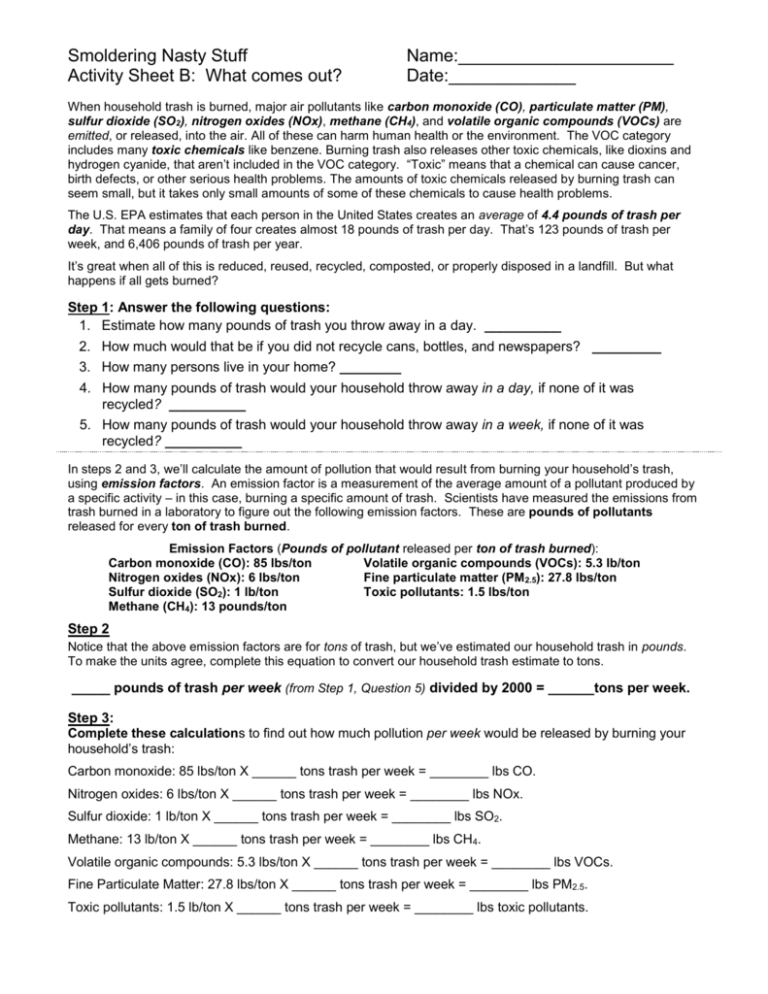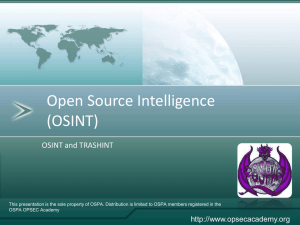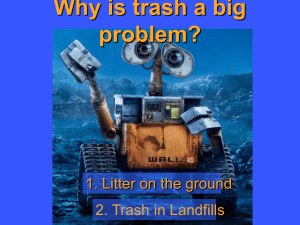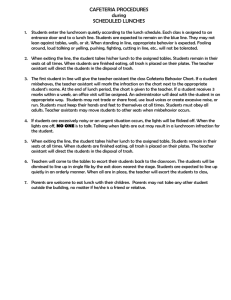Worksheet B - What Comes Out ()
advertisement

Smoldering Nasty Stuff Activity Sheet B: What comes out? Name:______________________ Date:_____________ When household trash is burned, major air pollutants like carbon monoxide (CO), particulate matter (PM), sulfur dioxide (SO2), nitrogen oxides (NOx), methane (CH4), and volatile organic compounds (VOCs) are emitted, or released, into the air. All of these can harm human health or the environment. The VOC category includes many toxic chemicals like benzene. Burning trash also releases other toxic chemicals, like dioxins and hydrogen cyanide, that aren’t included in the VOC category. “Toxic” means that a chemical can cause cancer, birth defects, or other serious health problems. The amounts of toxic chemicals released by burning trash can seem small, but it takes only small amounts of some of these chemicals to cause health problems. The U.S. EPA estimates that each person in the United States creates an average of 4.4 pounds of trash per day. That means a family of four creates almost 18 pounds of trash per day. That’s 123 pounds of trash per week, and 6,406 pounds of trash per year. It’s great when all of this is reduced, reused, recycled, composted, or properly disposed in a landfill. But what happens if all gets burned? Step 1: Answer the following questions: 1. Estimate how many pounds of trash you throw away in a day. __________ 2. How much would that be if you did not recycle cans, bottles, and newspapers? _________ 3. How many persons live in your home? ________ 4. How many pounds of trash would your household throw away in a day, if none of it was recycled? __________ 5. How many pounds of trash would your household throw away in a week, if none of it was recycled? __________ In steps 2 and 3, we’ll calculate the amount of pollution that would result from burning your household’s trash, using emission factors. An emission factor is a measurement of the average amount of a pollutant produced by a specific activity – in this case, burning a specific amount of trash. Scientists have measured the emissions from trash burned in a laboratory to figure out the following emission factors. These are pounds of pollutants released for every ton of trash burned. Emission Factors (Pounds of pollutant released per ton of trash burned): Carbon monoxide (CO): 85 lbs/ton Volatile organic compounds (VOCs): 5.3 lb/ton Nitrogen oxides (NOx): 6 lbs/ton Fine particulate matter (PM2.5): 27.8 lbs/ton Sulfur dioxide (SO2): 1 lb/ton Toxic pollutants: 1.5 lbs/ton Methane (CH4): 13 pounds/ton Step 2 Notice that the above emission factors are for tons of trash, but we’ve estimated our household trash in pounds. To make the units agree, complete this equation to convert our household trash estimate to tons. _____ pounds of trash per week (from Step 1, Question 5) divided by 2000 = ______tons per week. Step 3: Complete these calculations to find out how much pollution per week would be released by burning your household’s trash: Carbon monoxide: 85 lbs/ton X ______ tons trash per week = ________ lbs CO. Nitrogen oxides: 6 lbs/ton X ______ tons trash per week = ________ lbs NOx. Sulfur dioxide: 1 lb/ton X ______ tons trash per week = ________ lbs SO2. Methane: 13 lb/ton X ______ tons trash per week = ________ lbs CH4. Volatile organic compounds: 5.3 lbs/ton X ______ tons trash per week = ________ lbs VOCs. Fine Particulate Matter: 27.8 lbs/ton X ______ tons trash per week = ________ lbs PM2.5. Toxic pollutants: 1.5 lb/ton X ______ tons trash per week = ________ lbs toxic pollutants.







